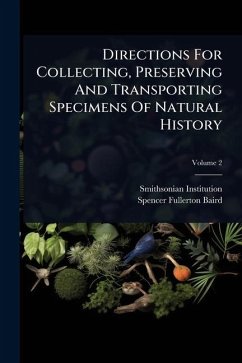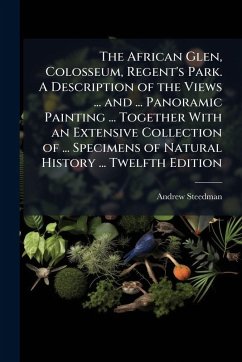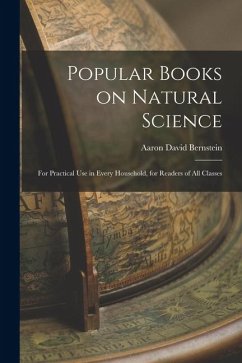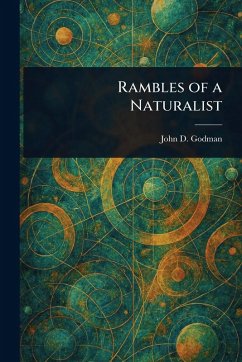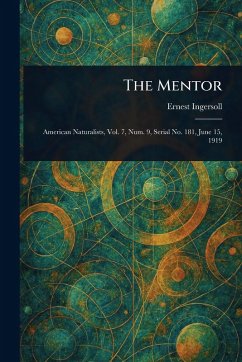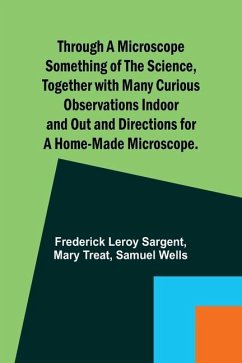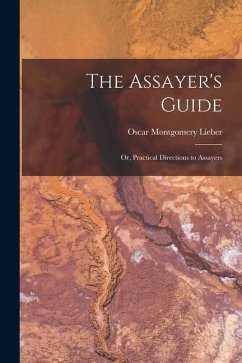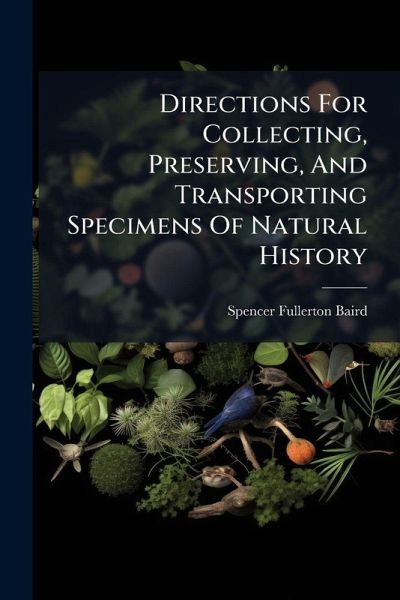
Directions For Collecting, Preserving, And Transporting Specimens Of Natural History
Versandkostenfrei!
Versandfertig in über 4 Wochen
14,99 €
inkl. MwSt.
Weitere Ausgaben:

PAYBACK Punkte
7 °P sammeln!
Directions for Collecting, Preserving, and Transporting Specimens of Natural History is a comprehensive guide written by Spencer Fullerton Baird. This essential handbook offers detailed instructions on how to gather, maintain, and move various natural history specimens. Covering everything from plants and insects to larger animals, the book provides invaluable advice on ensuring the integrity of specimens for scientific study. Originally published in the 19th century, this book remains relevant for both amateur enthusiasts and professional scientists. Its detailed guidance makes it a useful re...
Directions for Collecting, Preserving, and Transporting Specimens of Natural History is a comprehensive guide written by Spencer Fullerton Baird. This essential handbook offers detailed instructions on how to gather, maintain, and move various natural history specimens. Covering everything from plants and insects to larger animals, the book provides invaluable advice on ensuring the integrity of specimens for scientific study. Originally published in the 19th century, this book remains relevant for both amateur enthusiasts and professional scientists. Its detailed guidance makes it a useful resource for anyone involved in the study and preservation of the natural world. Whether for academic research or personal interest, Baird's instructions provide a solid foundation in the techniques of natural history. This work has been selected by scholars as being culturally important, and is part of the knowledge base of civilization as we know it. This work was reproduced from the original artifact, and remains as true to the original work as possible. Therefore, you will see the original copyright references, library stamps (as most of these works have been housed in our most important libraries around the world), and other notations in the work. This work is in the public domain in the United States of America, and possibly other nations. Within the United States, you may freely copy and distribute this work, as no entity (individual or corporate) has a copyright on the body of the work. As a reproduction of a historical artifact, this work may contain missing or blurred pages, poor pictures, errant marks, etc. Scholars believe, and we concur, that this work is important enough to be preserved, reproduced, and made generally available to the public. We appreciate your support of the preservation process, and thank you for being an important part of keeping this knowledge alive and relevant.



